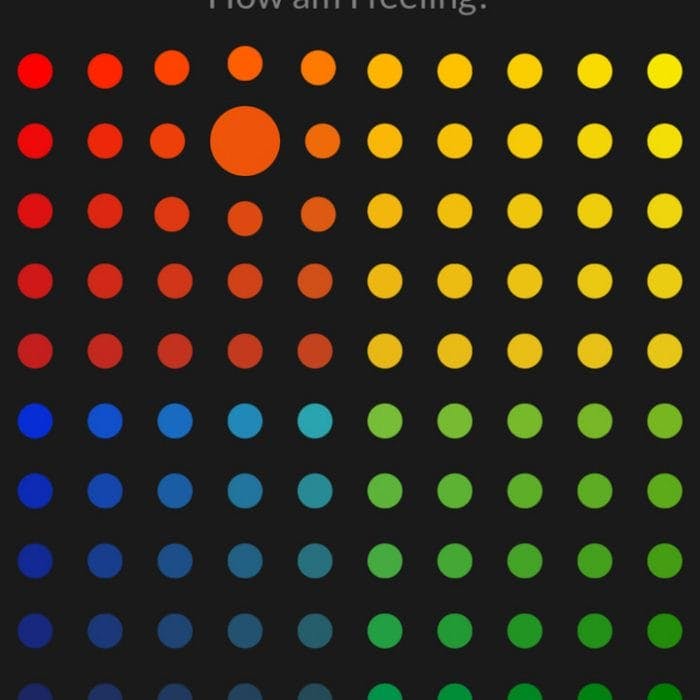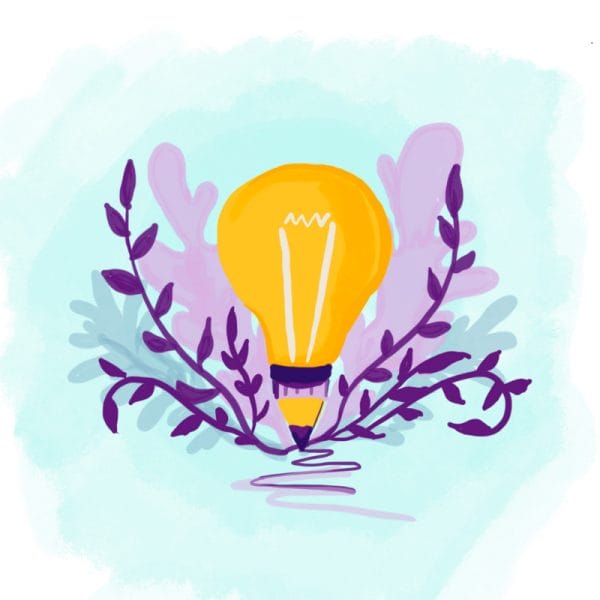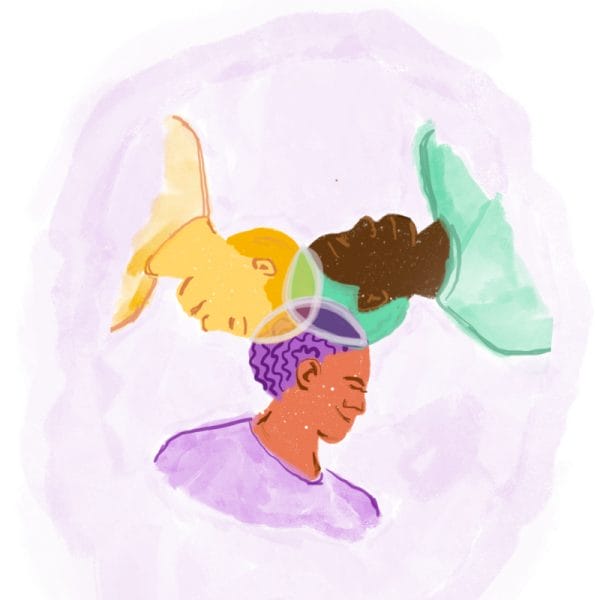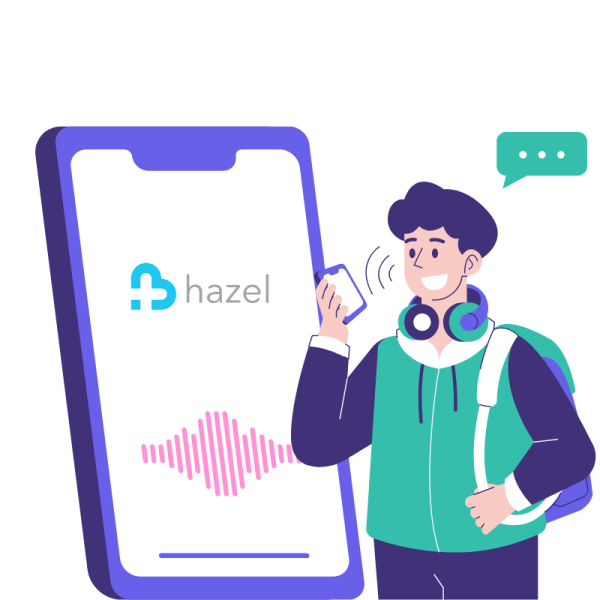What’s in a name (of an emotion)?
Key to the emotional well-being of adolescents is their ability to increase their emotional intelligence. That’s the premise that the Yale Center for Emotional Intelligence worked from when developing the RULER approach, a system of tools designed to help teens understand and regulate their emotions. One of the most important RULER tools is the Mood Meter, which helps adolescents more accurately identify and name the emotions they’re feeling. The Yale team had successfully implemented an analog version of Mood Meter in hundreds of U.S. schools, but were looking to take it outside of the classroom, preferably via digital app. That’s when they approached Hopelab. Given our increasing focus on the emotional health of teens and young adults, we jumped at the chance to help deploy this unique intervention at scale.
Try the Mood Meter app.
Color Me Emotional
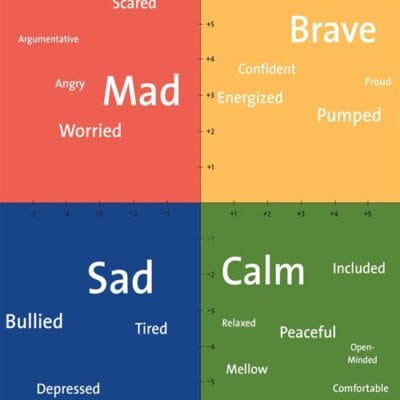 Mood Meter provides a simple yet nuanced graph on which adolescents can plot their emotional states. They choose from sophisticated names for gradients of emotions–for example, instead of just “sad,” they can choose, among others–which are located on a color-graded field. Yale research shows that the ability to accurately identify emotions is directly correlated with the ability to regulate those emotions, and to take responsibility for them. Mood Meter users track their emotions over time, giving them a heightened sense of emotional intelligence and control.
Mood Meter provides a simple yet nuanced graph on which adolescents can plot their emotional states. They choose from sophisticated names for gradients of emotions–for example, instead of just “sad,” they can choose, among others–which are located on a color-graded field. Yale research shows that the ability to accurately identify emotions is directly correlated with the ability to regulate those emotions, and to take responsibility for them. Mood Meter users track their emotions over time, giving them a heightened sense of emotional intelligence and control.
In order to translate the Mood Meter experience to a mobile device-based app, Hopelab crowd-sourced ideas for the user experience, finally choosing a highly intuitive, visually appealing design for further refinement. We also conducted human-centered research to identify ways in which teens might more easily engage with the app.
Identifying Tools for Change
Deep listening through interviews and focus groups revealed that adolescents wanted more than to just be able to name and identify emotions; they wanted access to actionable strategies for shifting those emotions when they wanted to. In addition, they wanted a streamlined registration process so they could get up and running on the app quickly. We also found that, even though Mood Meter was originally designed for adolescents, it had potential applications for even broader implementation, like adults in the workplace or in a therapist’s office.
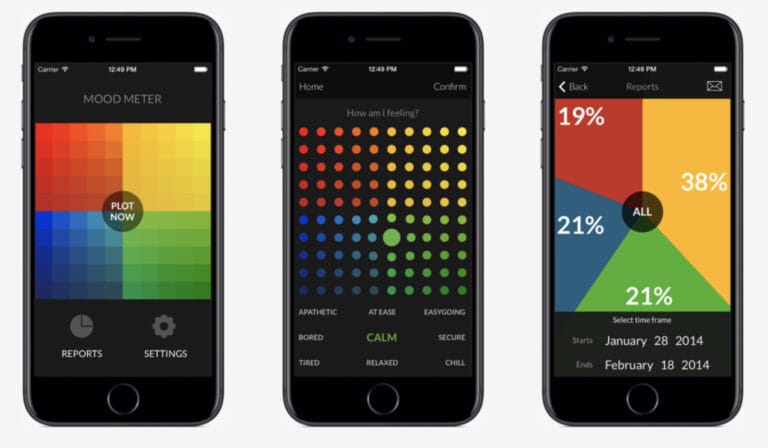
Plotting Emotional Intelligence
Partnering with an outside development firm, Hopelab helped develop an app that combined the rigorous behavioral science of the original analog Mood Meter with innovative design. When users plot their emotional states in the Mood Meter app, describe why they feel the way they do, and choose research-based strategies to help manage their feelings, they begin to gain mastery over their emotions. Emotions can also be tracked over time, using pre-set reminders, providing a historical record for users to view patterns and set goals to live a healthier, more productive, and more fulfilling life. What we learned from translating the behavioral psychology of Yale’s Mood Meter into an effective technology-based solution continues to inform our work for teens and young adults, including the development of new technologies and other interventions.

